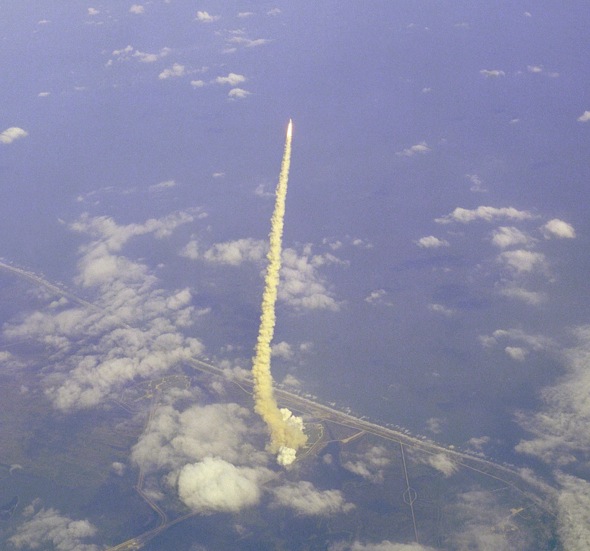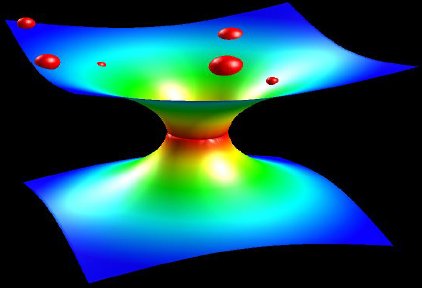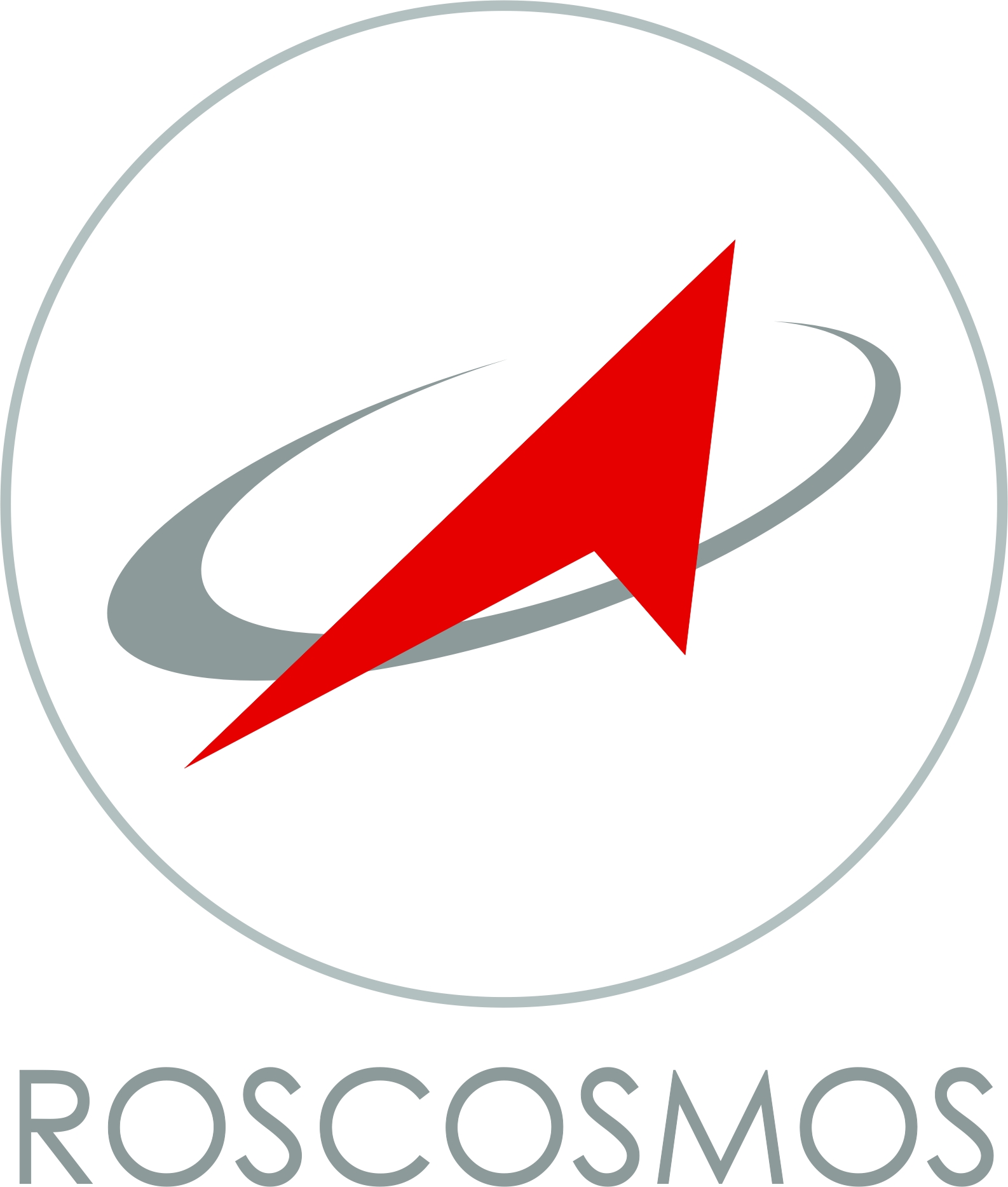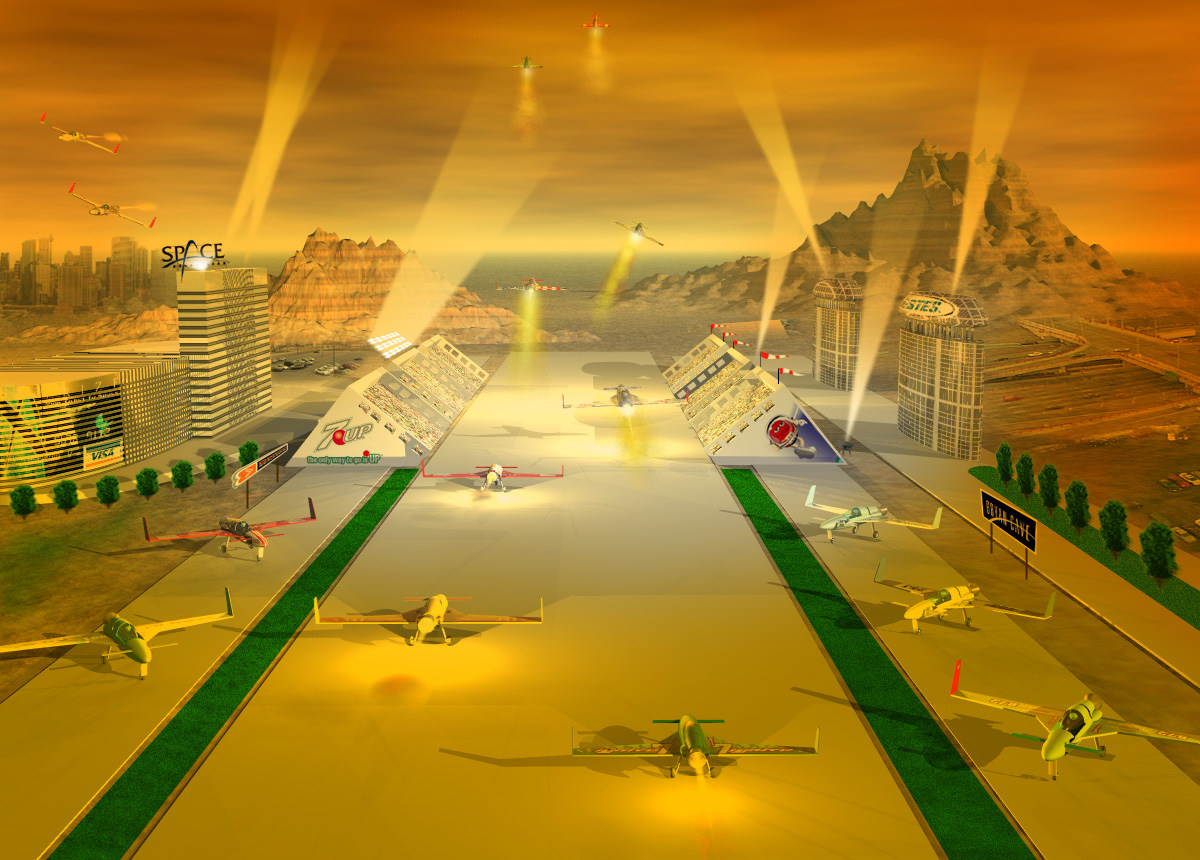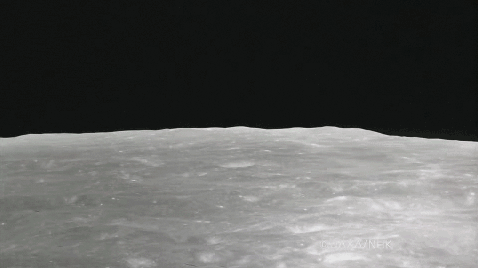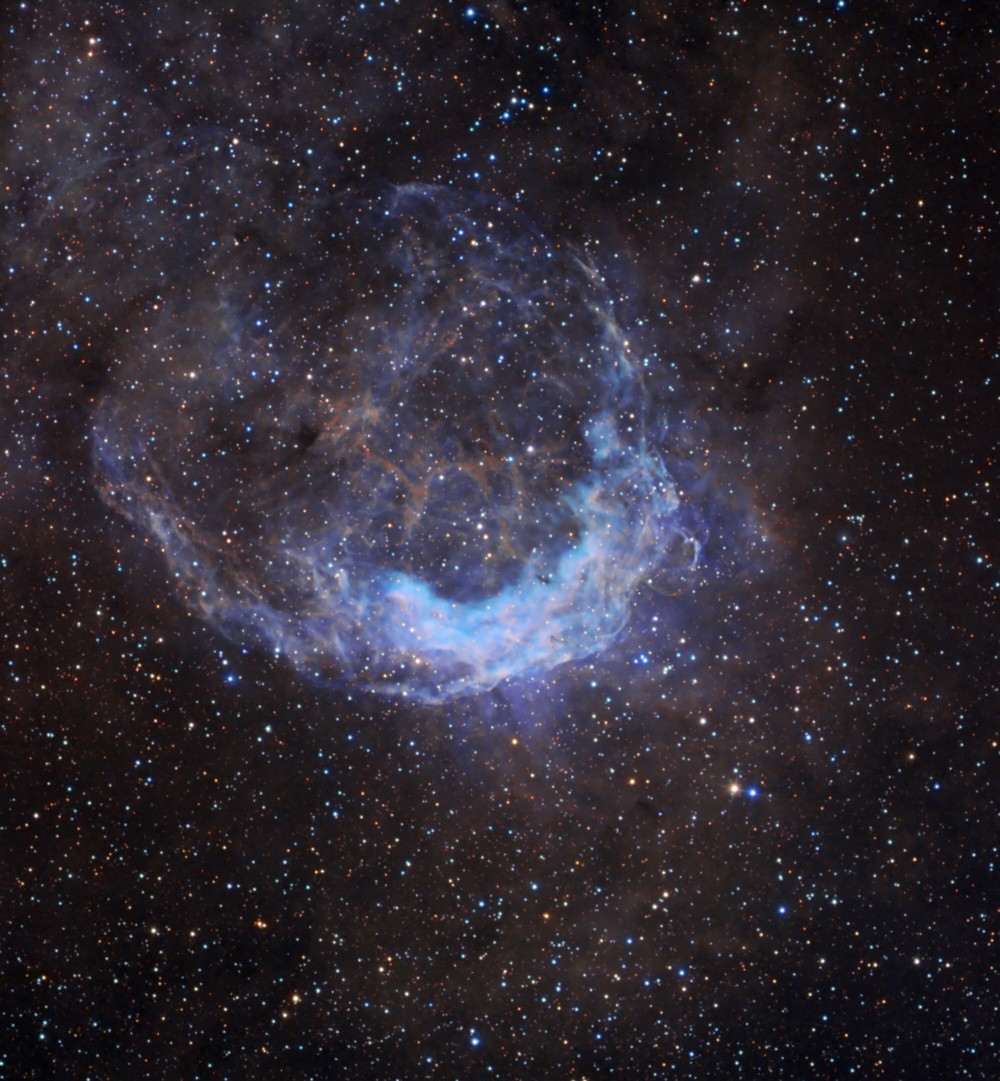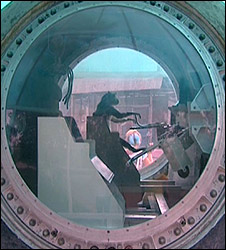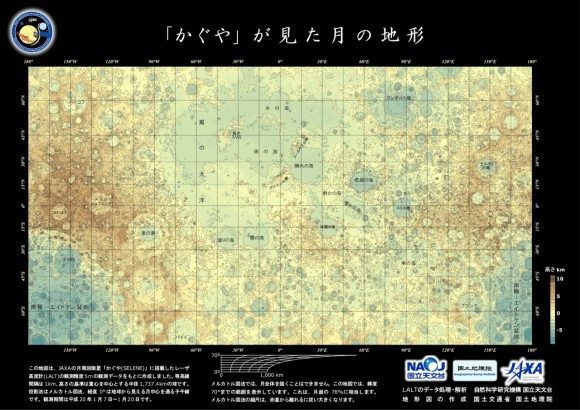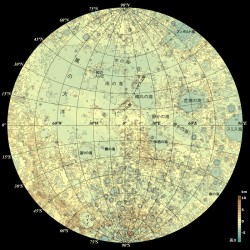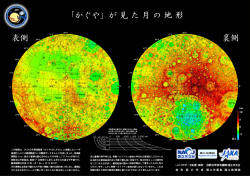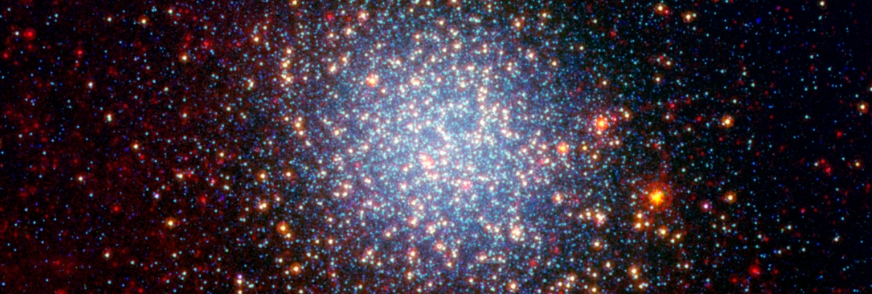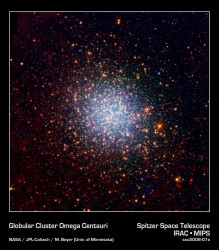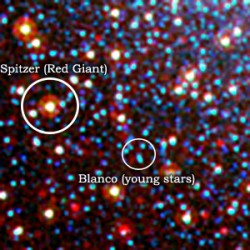Combining the exhilaration of racing, with the power of rocket engines and the appeal of video gaming, Rocket Racing League (RRL) CEO Granger Whitelaw said the new sports entertainment league is the sport for geeks. “We haven’t really had a sport, but now we do,†said Whitelaw, a self-professed geek at a press conference on April 14, 2008. “We now have one where we combine real athletes and real heroes with rocket planes and with gaming that we love to do so much.†At the press conference, members of the RRL announced its live first exhibition, to be held August 1st and 2nd at the EAA AirVenture airshow in Oshkosh, Wisconsin, one of the largest airshows in the world. Additional exhibitions later in the year were also announced.
Whitelaw said in this new “futuristic and innovative sport†pilots will race rocket powered aircraft through a three-dimensional track in the sky. The planes will compete side by side, and feature multiple races pitting up to ten Rocket Racers with a 4-lap, multiple elimination heat format on a 5-mile “Formula One”-like closed circuit raceway. The Rocket Racer pilots will view the “raceway in the sky” via cockpit in-panel and 3D helmet displays. On the ground, spectators at airshows can watch the action live, or on screens that include the 3-D raceway. And in this ultimate reality show, viewers at home can watch on television, and gamers can take part with virtual competition.
In August, for the first exhibition, two Rocket Racers will compete head-to-head in a demonstration race and the expected 700,000 people in attendance at EAA AirVenture will witness the racing action live on multiple 50 foot large projection screens.
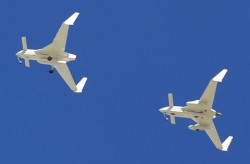
The RRL will have multiple aerial cameras and 5 cameras on each plane.
Whitelaw said that although they believe their rocket planes are some of the safest air vehicles available, they will take multiple precautions to ensure crowd safety at the live events, specifically, never flying directly at the crowds. “Every step we are taking with the development of the rocket racers now, involves safety considerations,†Whitelaw said.
Each of the four heats will last about 10-12 minutes, with pitstops of 10-12 minutes. “It will similar to periods in hockey or football, and will give us time to do color and introduce the pilots,†said Whitelaw. The RRL will be better than football, he said, which only has about seven minutes of real action in a game with the rest being just talk. “It will be very exciting and it will be all about competition.â€
Whitelaw said the RRL has been offered two television deals, and that all the competitions will be televised. “We are going to reach out to different audiences, both in the US and worldwide,†he said.
Whitelaw predicted the RRL video game will also be a big success. The RRL built a video game simulator 2 years ago that they have set up at air shows for people to try. “The tent is usually full all day with young and old alike…this is really going to bring out a new fan base,†Whitelaw said. The full video game won’t be released until the league is actually in operation.

Here are the remaining exhibition dates:
Reno National Championship Air Races (Reno, NV) – September 10-14
X Prize Cup (Las Cruces, NM) – TBD 2008
Aviation Nation, Nellis AFB, (Las Vegas, NV) – November 8-9
In these days of environmental concerns, Whilelaw was asked about the types of fuel used in the rocket planes. “I like to say that 95% of our fuel grows on trees,†he said. “We use cryogenic compressed liquid oxygen for the main part of the thrust for the rocket planes. The Armadillo plane uses ethanol. The X-COR rocket racer uses kerosene. We’re trying to be environmentally friendly as possible.â€
The RRL was founded in 2005 by Whitelaw, a two-time Indianapolis 500 winning team partner and X PRIZE Chairman and CEO Peter Diamandis. For more information on the Rocket Racing League, visit www.rocketracingleague.com.
Original News Source: RRL Press Conference

